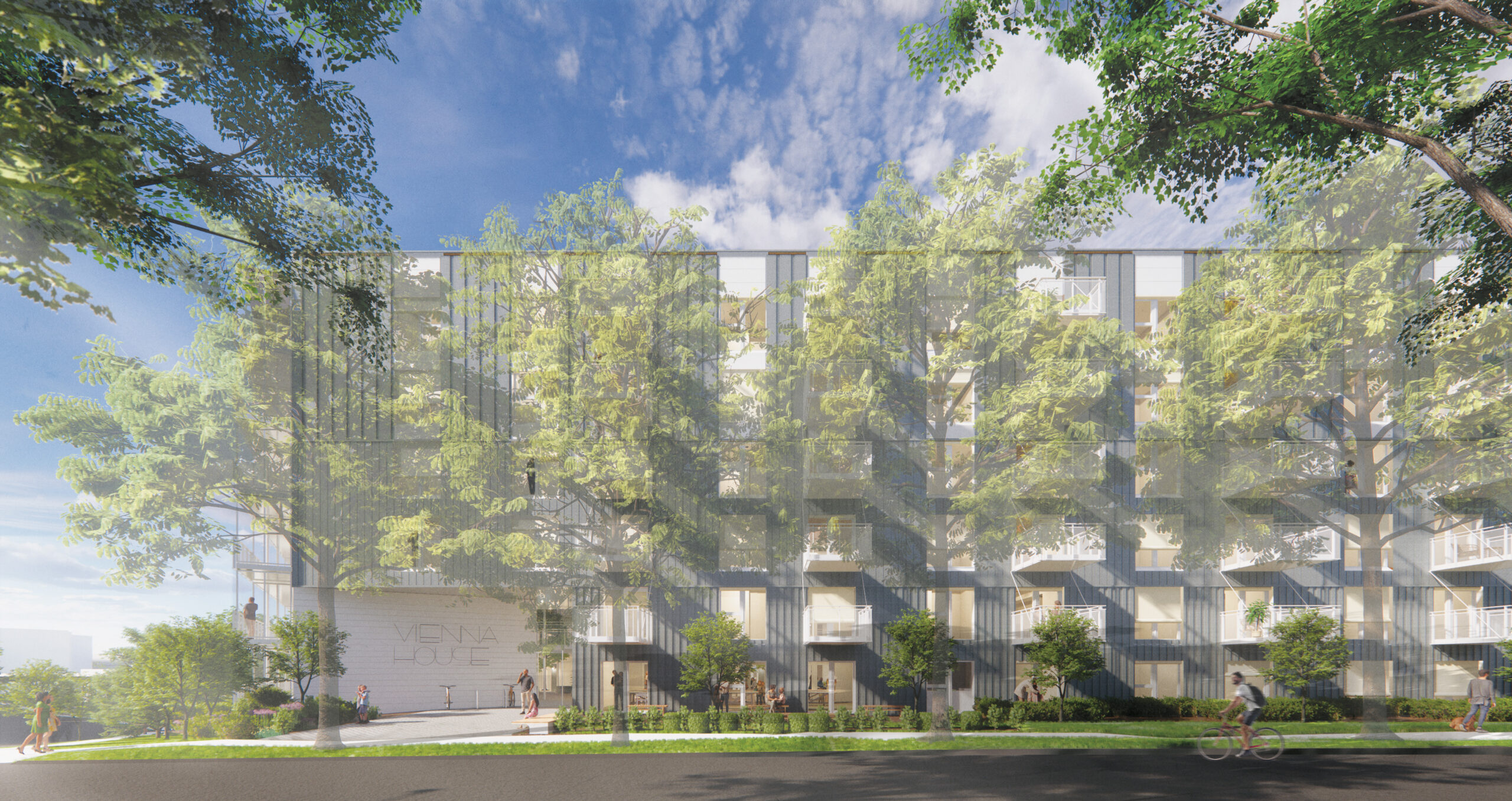By: Chen Siqi
On June 8, the Chinese Ministry of Housing and Urban-Rural Development (MOHURD), together with 14 other government departments, released the formal Guideline on Strengthening Green and Low-carbon Construction in Counties. The policy contains specific requirements on county development, which sparked nationwide discussion.
In China, counties are ranked as the third level of the administrative hierarchy in provinces and directly administered by municipalities, with provincial level authorities at the top level. The focus of this policy, however, is on the urban segments of each county, which is the core area where the county government offices would be located, along with the densest cluster of the local population. Counties account for nearly 1/3 of China’s total urban population, and the total GDP of counties represents about 40 percent of China’s national GDP. Given the current size of this base for economic activity and the significant growth potential, it is clear that counties have a crucial role as a new driver of urbanization and economic growth.
However, the development of counties has been uneven and unregulated, lacking integrated planning and strategic management by the central government. The introduction of this policy will, for the first time, provide clear instructions and specific requirements on how buildings should be constructed in counties, with clearer guidelines for urban development.
With green and low-carbon at the core of county construction, the document puts forward clear requirements for green buildings and energy efficiency, stating that new buildings in counties should meet the requirements of entry-level green buildings and strive to become star-rated green buildings according to China’s green building rating system. It also promotes the application of green building materials, prefabricated steel structures and other advanced construction methods. In addition, it calls for reducing fossil fuels in energy usage during construction and promoting green and low-carbon infrastructure.
What became headline news was the new restrictions on the density and height of construction projects. As stated in the guideline, new residential buildings in counties should be predominantly six storeys and, in principle, not higher than 18 storeys. Moreover, no less than 70 percent of newly built residential buildings should be 6-storeys and lower.
Following this guideline, in the future, the dominant type of buildings in counties will be six-storeys and below, which came as a surprise to many. For a long time, the pursuit of high-rise buildings and high floor area ratio has been an essential feature of China’s urbanization. Yet this pursuit has resulted in some serious problems in counties. Due to the lack of awareness and experience, counties often lagged in areas such as firefighting preparedness and elevator maintenance capacity, which is a significant hidden risk. The excessive pursuit of larger scale construction has also caused ecological issues.
Requirements in this guideline imply unprecedented application scenarios for wood-frame construction. Wood as a building material has many advantages that fit the green and low-carbon development targets. Wood-frame construction is suitable for residential buildings up to six storeys and can make buildings safe and better for the environment. They use materials that are renewable, biodegradable, recyclable, and the wood stores carbon, resulting in a smaller environmental footprint. The ease of assembly reduced noise and waste, and the natural beauty of wood coupled with its cost-effectiveness and environmentally friendly attributes make wood well suited for the green and low-carbon construction mandate in counties.



